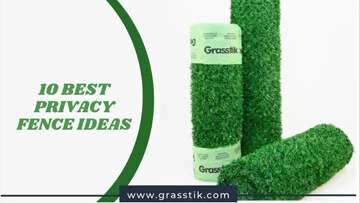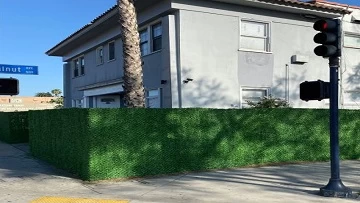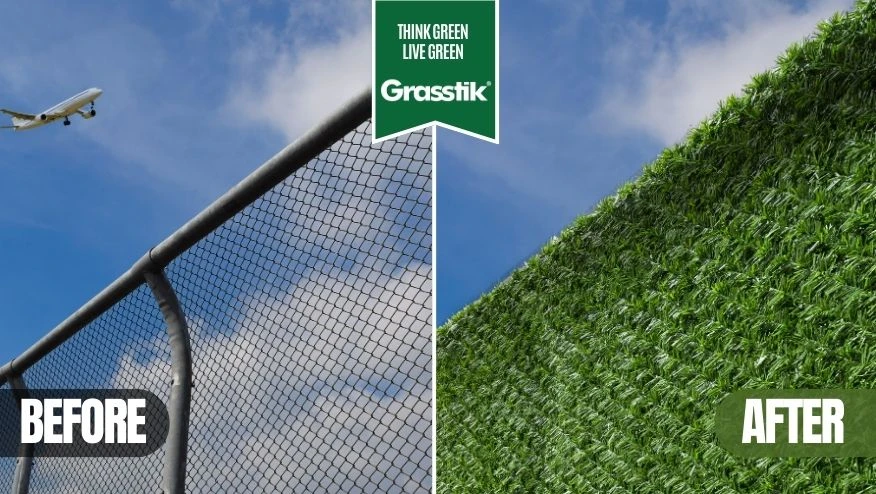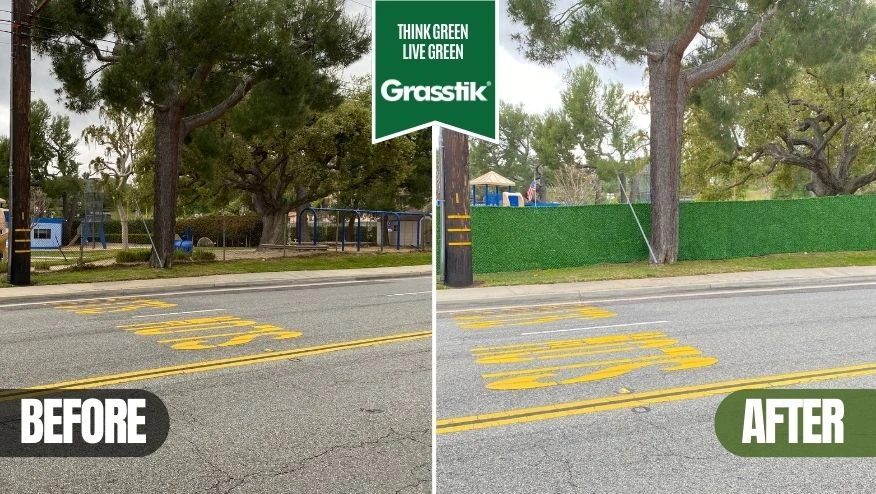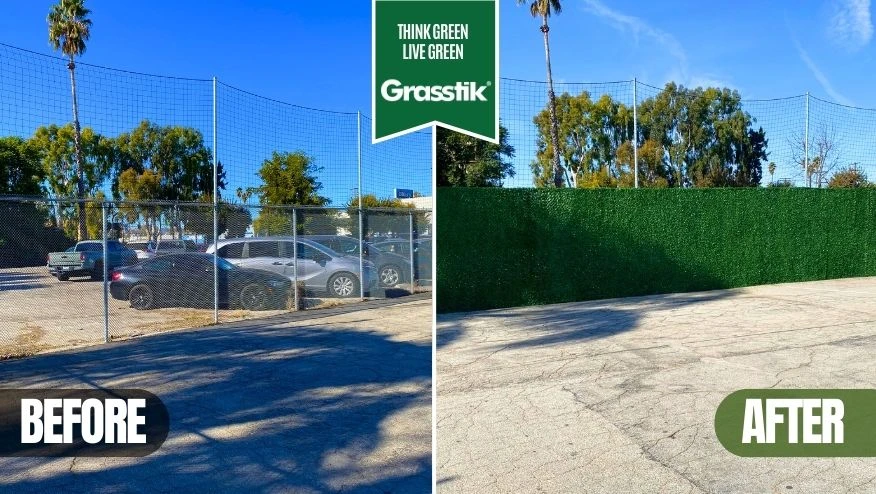
Zoo fences are critical components in maintaining the safety and security of both animals and visitors in zoological parks. These fences serve multiple purposes, including preventing animals from escaping, protecting them from potential predators, and ensuring visitors can safely enjoy observing the animals. By providing secure and well-designed enclosures, zoos can replicate natural habitats, support animal welfare, and create an engaging experience for visitors. Understanding the types of materials used, design considerations, and maintenance practices is essential for anyone involved in zoo management or construction.
What are Zoo Fences and Why Are They Important?
Zoo fences are specialized barriers designed to contain animals within their enclosures while ensuring the safety of visitors. They are vital for preventing animal escapes, protecting endangered species, and minimizing human-animal interactions that could lead to stress or harm. High-quality fencing solutions contribute to the overall well-being of zoo animals by offering secure and enriching environments. Properly designed zoo fences also facilitate effective crowd management, allowing animals to have privacy and rest periods. Understanding the importance of these fences helps in enhancing the functionality and aesthetic appeal of zoological parks.
What is a Zoo Fence?
A zoo fence is a barrier used in zoos to keep the animals within designated areas and protect both people and animals from direct contact. Fencing in zoos also helps to separate different species from each other to avoid any conflict situations and ensure the well-being of the animals.
Why Are Zoo Fences Important?
Zoos play a crucial role in keeping animals safe from starvation, predators, poaching, and illegal hunting, helping to save existing species and animal breeds to increase their populations. However, many zoos do not pay enough attention to the quality of life for animals, which can lead to anxiety, depression, and causing harm to the animals.
To improve their well-being, zoos should provide wide spaces and compatible and effective zoo fencing solutions in their living areas for animals to roam and explore their enclosures. Animals should have choices and control over their movements and experience natural elements such as grass, sand, trees, rocks, and other structures. In areas such as petting zoos and open spaces, providing petting zoo fence panels allows animals to have a break and rest in privacy when faced with large crowds of visitors.
What Materials Are Used in Zoo Fences?
Choosing the right fencing for zoos depends on the types of animals they house and specific requirements. Common materials used include:
Steel Fencing
Durable and strong, often used in bars or mesh to create secure barriers for large animals.
Chain-Link Fencing
Known for its flexibility, cost-effectiveness, and ease of installation. It is frequently reinforced for larger or more dangerous animals.
Glass and Acrylic Panels
Provide a clear view of animals while maintaining a strong barrier. They are commonly used for smaller animals or as viewing areas in larger enclosures.
Welded Wire Mesh
Offers high strength and security, typically used for bird enclosures and smaller mammals due to its secure yet visible barrier.
Artificial Grass Walls
Enhance the appearance of cages and provide better space for animals. They offer shade, reduce heat in cages, and act as grass fence for animals tired of visitors. They can also cover metal, wooden, or other fences for a more natural look.
How to Design Zoo Fences?
To create a safe space for both animals and visitors, there are many factors to consider. However, careful and thoughtful planning of the zoo fences will result in a balanced environment that prioritizes safety, animal welfare, and visitor experience.
What Factors Affect the Design of Zoo Fences?
Type of Animals
Zoo enclosures serve various purposes, including aviaries for birds, primate enclosures for monkeys, and enclosures for predatory animals. Fences should be tailored to each animal's specific needs.
Safety Requirements
Ensuring the safety of both animals and visitors is paramount for a zoo. Fences must prevent animals from escaping while allowing visibility for visitors.
Type of Zoo
Petting zoos fencing is typically lower, more open with clear pathways and aesthetically pleasing designs. Zoos with large, open spaces may require cost-effective solutions to cover extensive perimeters.
Maintenance
Some animals are messier and require regular cage cleaning. Therefore, fences should be easy to maintain. In regions with changing weather – materials that withstand various weather conditions.
Future Expansion
Consideration of future changes or expansions may influence fence design to accommodate shifts in animal populations or exhibit layouts.
Regulatory Compliance
Before selecting a fence, we advise to consult with local authorities or professional fencing companies to ensure compliance with building codes, animal welfare regulations, and safety standards.
How Does Animal Behavior Affect Fence Design?
Your choice of zoo fencing should consider animal behavior. Such important factors like:
Possibility of Escape
Animals that can climb or jump need higher fences, sometimes with overhangs or smooth surfaces. For diggers, underground barriers are essential.
Aggression
Territorial and aggressive animals need fences with visual barriers or enough distance between enclosures to reduce stress and ensure safety.
Environmental Enrichment
Fences should support natural behaviors like climbing, foraging, and exploring. Features like climbing structures, hiding spots, and varied terrain keep animals busy and healthy.
Privacy Needs
Some animals get stressed from seeing humans or other animals all the time. Visual barriers like vegetation or opaque sections help reduce stress.
Social Structures
Animals with complex social behaviors need fences that allow interaction within groups but prevent conflict with other groups. Transparent or semi-transparent partitions can help.
What are the Safety Standards of Zoo Fences?
The safety standards for zoo fencing are designed to ensure that both animals and visitors are safe, as well as to maintain the integrity of zoo exhibits.
What Safety Regulations Should Zoo Fences Comply?
To provide the best quality of life for animals and a safe experience for visitors, zoos must comply with various safety regulations and standards. These rules can vary by country, region, and state, but generally include:
- Animal Welfare Act
In the United States, the AWA sets minimum standards for animal care and housing, including fence requirements.
- Endangered Species Act (ESA)
Requires that fences for enclosures of endangered species are designed to prevent escapes and protect the animals.
- Occupational Safety and Health Administration (OSHA)
Ensures that the design and maintenance of fences do not pose risks to the staff who work near or with them.
- Association of Zoos and Aquariums (AZA)
Sets standards for fence design to ensure they are secure, durable, and appropriate for the species they contain.
Moreover, there should be regular inspections for zoo licensing and operation to ensure that fences meet specific standards and that maintenance is properly conducted.
What are the Environmental Considerations in Zoo Fences?
Zoos play a crucial role in environmental protection. They must operate without disturbing the local environment while adding value to the global ecosystem. Choosing eco-friendly fencing materials is one way to achieve this.
For example, steel fencing is often made from recyclable materials, which can be sustainably scrapped and repurposed at the end of its life. It is lightweight, easy to install, long-lasting, and doesn’t require chemical upkeep.
In addition to using eco-friendly materials, zoos can participate in habitat preservation efforts by creating naturalistic enclosures that mimic animals' natural habitats. Installing visually appealing, natural-looking grass fence panels, for example, not only enhances animal well-being but also improves the aesthetic appeal of zoo spaces.
When installing petting zoo fencing, it is essential to ensure that operations do not pollute the local environment. This includes managing waste products, controlling emissions, and ensuring that any runoff from enclosures does not contaminate local waterways.
How Do Zoo Fences Affect Animal Welfare?
Zoo enclosure fencing creates a barrier between visitors and animals, preventing accidents and ensuring safety. While keeping animals in designated areas, it also creates a secure environment, especially for rare and endangered species that might be targets for theft.
Well-designed enclosures with proper fence, like grass fence roll, can mimic natural habitats, allowing animals to exhibit natural behaviors, provides animals with the option to stay out of sight, as constant visitor presence can be stressful for some species, and can offer protection from wind and sun, contributing to the overall well-being of the animals.
How Can Zoo Fences Be Environmentally Friendly?
To create a more environmentally friendly zoo environment, strategies for zoo fences can minimize ecological impact while remaining functional. Here are some key approaches to fencing for zoo:
- Constructing zoo fences from recycled materials such as plastic, metal, or wood.
- Using natural materials like bamboo, untreated wood, or natural fibers for fence enrichment, which are often biodegradable and have lower environmental impacts.
- Choosing locally sourced materials to reduce transportation-related emissions and support the local economy.
- Opt for fencing designs that facilitate the natural movement of air, water, and wildlife, thereby maintaining ecological connectivity.
How to Maintain and Repair Zoo Fences?
The first rule is, of course, regular inspection of the entire perimeter. Check for any signs of wear, damage, or degradation caused by weather. Look for rust, corrosion, cracks, loose components, or signs of stress in the fencing materials. If there are any issues, it's better to repair them quickly. This helps in reducing long-term maintenance costs as it prevents the need to replace entire sections.
Regularly trim vegetation around the fences to prevent it from damaging or obstructing the fencing material. Also, check the ground around the fence's foundations and footing.
When you notice any issues, analyze the cause—whether it was due to weather, animal activity, human interference, or other factors—to prevent recurrence. Ensure the safety of yourself or the staff who will perform repairs.
Prepare the necessary materials and tools (fencing panels, posts, fasteners, welding equipment) and follow appropriate repair procedures depending on the type of damage.
After completing the repairs, conduct quality control. Maintain detailed documentation and periodically revisit the repaired areas to ensure stability and prevent further issues.

